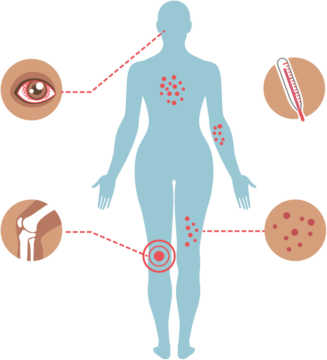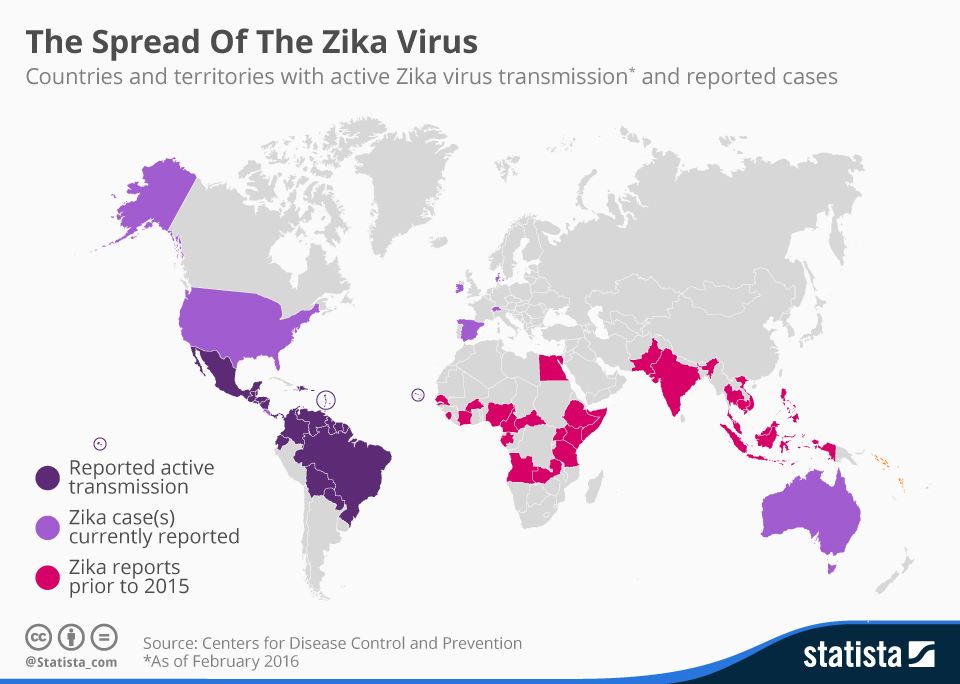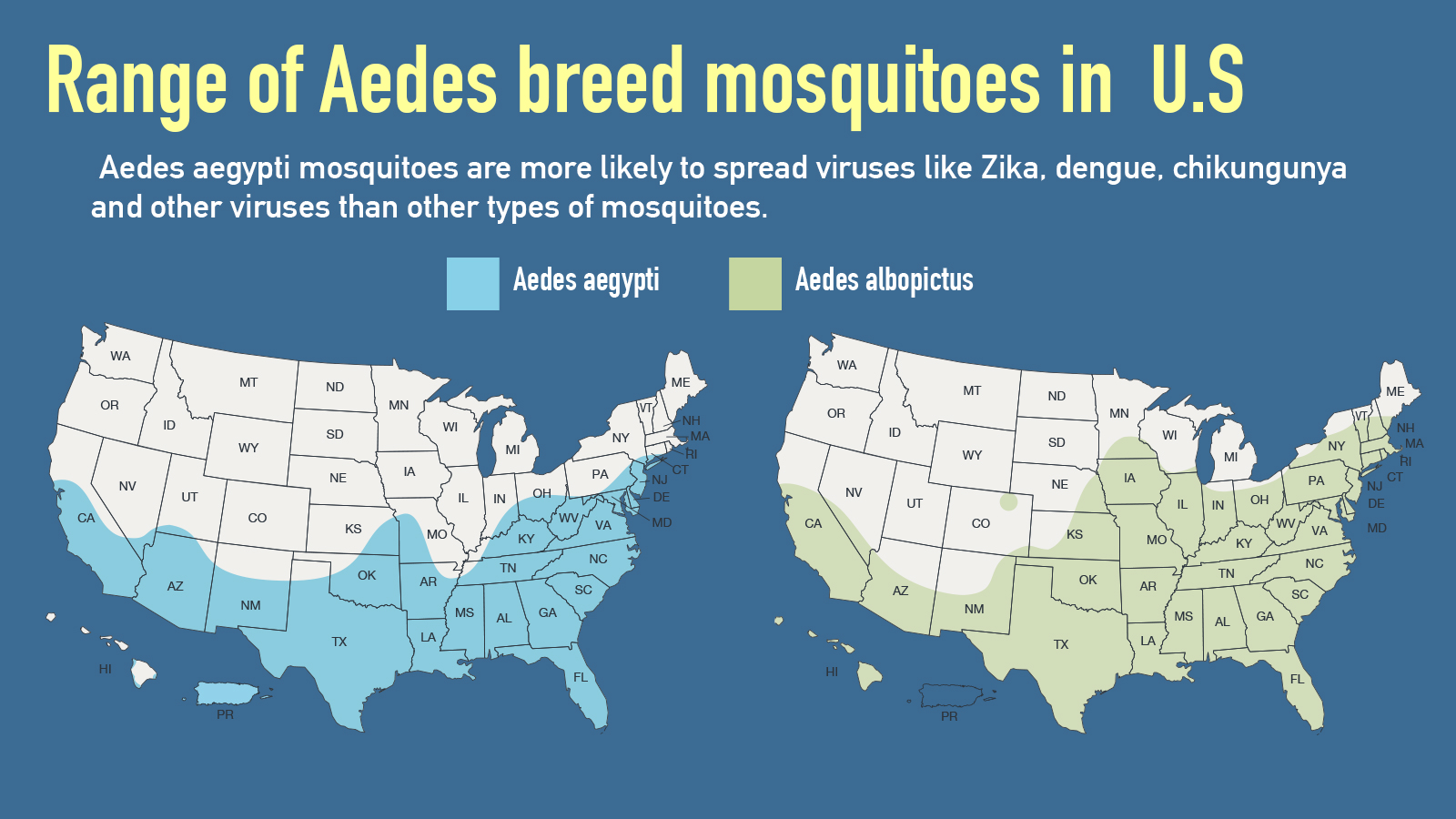
A quick primer on the Zika virus and its impact around the globe.
Click on the links below – and check out CCTV America’s complete coverage as it develops.
- What we know about Zika
- Where is Zika occurring?
- What is microcephaly?
- Potential spread in the U.S.
- What are the symptoms?
- More information
- Zika is spread mostly by the bite of an infected Aedes species mosquito.
- Zika can be passed from a pregnant woman to her fetus.
- Zika infection during pregnancy can cause certain birth defects – most notably, Microcephaly.
- Zika can be spread by a man to his female or male partners.
- At present, there is no vaccine, or medicine, to prevent, or to treat, Zika.
What we don’t know about Zika
- If there is a safe time during pregnancy to travel to an area with Zika.
- If you are pregnant and infected, how likely it is that the virus will infect your fetus and if your baby will have birth defects.
While Brazil and Central America have been reporting the vast majority of cases, Zika has been affecting people around the world. As summer commences in the western hemisphere, there is a great concern the Aedes species mosquito, which carries the virus, will further migrate north.
Travel notice
Centers for Disease Control and Prevention (CDC) has issued a travel notice for people traveling to areas where Zika virus is spreading. For a current list of places with Zika outbreaks, see CDC’s Travel Health Notices:
http://wwwnc.cdc.gov/travel/page/zika-travel-information
Microcephaly is a condition where a baby’s head is much smaller than expected. Microcephaly can occur when a baby’s brain has not developed properly during pregnancy, or has stopped growing after birth, which results in a smaller head size.
Microcephaly has been linked with the following problems:
- Seizures
- Developmental delay, such as problems with speech or other developmental milestones (like sitting, standing, and walking)
- Intellectual disability (decreased ability to learn and function in daily life)
- Problems with movement and balance
- Feeding problems, such as difficulty swallowing
- Hearing loss
- Vision problems
These problems can range from mild to severe and are often lifelong. Severe microcephaly can also be life-threatening.
Cases of Zika and microcephaly in Brazil
CDC’s estimated spread of Zika spreading mosquitoes in the U.S. (2016)
 Many people with Zika won’t even know they have it. The illness is usually mild with symptoms lasting for several days to a week.
Many people with Zika won’t even know they have it. The illness is usually mild with symptoms lasting for several days to a week.
The most common symptoms of Zika are:
- Fever
- Rash
- Joint Pain
- Conjunctivitis (red eyes)
Story includes information and graphics from the U.S. Center for Disease Control
 CGTN America
CGTN America






